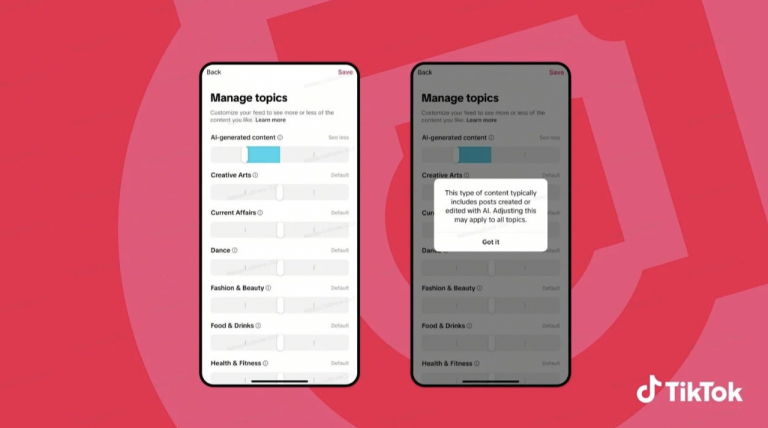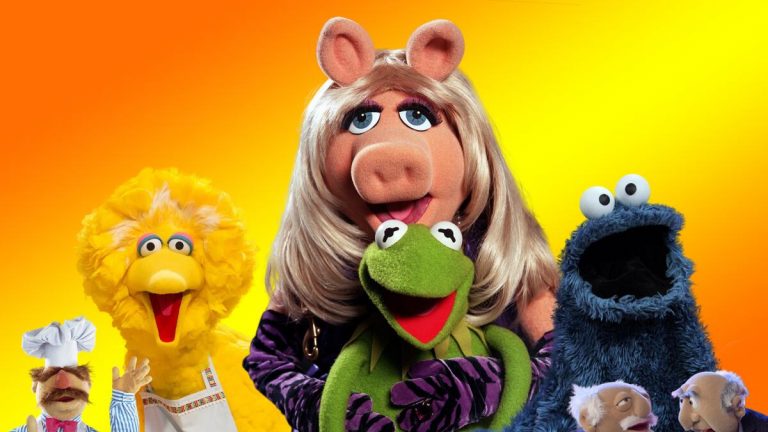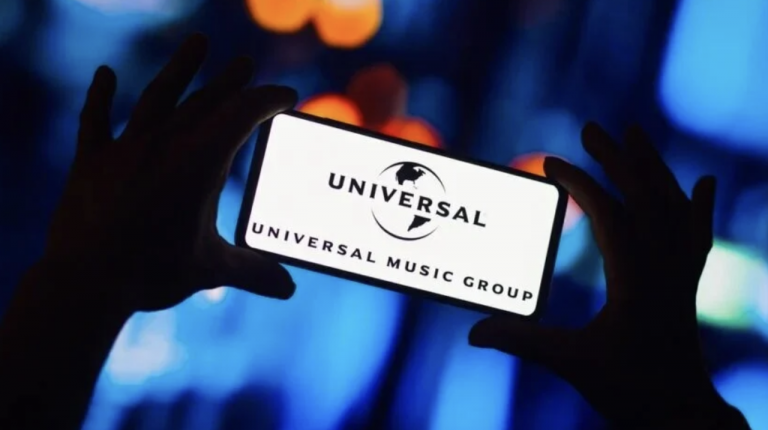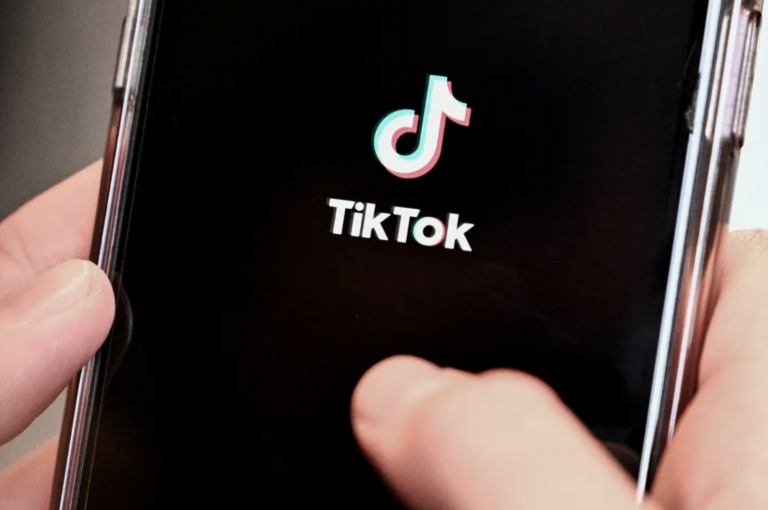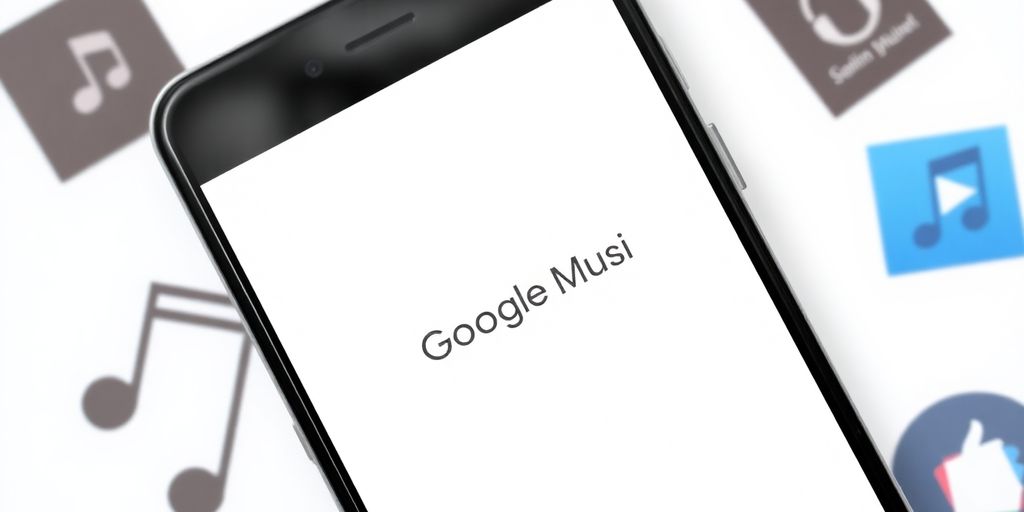
Google Play Music was once a popular choice for music lovers, offering a mix of features that appealed to many. But over time, it faced stiff competition and eventually made way for YouTube Music. This article explores the rise and fall of Google Play Music, its transition to YouTube Music, and what this means for the future of streaming services.
Key Takeaways
- Google Play Music launched in 2011, aiming to compete in the early streaming market.
- Despite unique features, it struggled to keep up with major competitors like Spotify and Apple Music.
- The shift to YouTube Music was driven by a need for consolidation and better user experience.
- Users expressed concerns over losing their music libraries during the transition.
- The situation highlights the importance of adaptability in the fast-evolving streaming landscape.
The Journey of Google Play Music
Launch and Early Success
Google Play Music (GPM) arrived surprisingly early in the streaming game. Launched in November 2011, it predated Apple Music by a good four years. This gave Google a head start in capturing a growing market of music lovers eager to ditch physical media. It was a time when streaming was still finding its footing, and GPM offered a fresh alternative.
Key Features and Innovations
GPM had some cool features that made it stand out. One of the biggest was the ability to upload your own music library – up to 50,000 songs! That was a huge deal for people who had spent years building their digital collections. Plus, it had curated playlists and radio stations, similar to what you see today. Here’s a quick rundown of some key features:
- Music uploads (up to 50,000 songs)
- Curated playlists
- Offline playback
- Radio stations based on genre, artist, or song
Competition in the Streaming Market
Even with its early start and cool features, GPM faced some tough competition. Spotify was already a major player, and other services were starting to emerge. The streaming market was getting crowded, and it was hard to stand out. Google updates were frequent, but it wasn’t always enough. GPM struggled to gain the same level of popularity as some of its rivals. It was a battle for subscribers, and Google Play Music just couldn’t quite reach the top.
The music industry was changing fast, and streaming services were leading the charge. Google Play Music had a good run, but it ultimately couldn’t keep up with the competition. The rise of competitors like Spotify and Apple Music, combined with some missteps, led to its eventual demise.
Transition to YouTube Music

Reasons Behind the Shift
The decision to sunset Google Play Music in favor of YouTube Music wasn’t out of the blue. Google had two music platforms, which caused confusion and split resources. Consolidating efforts into one platform, YouTube Music, seemed like a logical move to better compete with Spotify and Apple Music. YouTube already had a massive user base familiar with the platform, making it a potential goldmine for music streaming. The idea was to integrate music consumption more closely with video content, leveraging YouTube’s existing infrastructure and audience.
- Streamlining Google’s music strategy.
- Capitalizing on YouTube’s existing user base.
- Integrating music with video content.
The shift aimed to create a more unified and comprehensive music experience within the Google ecosystem, leveraging the strengths of YouTube’s video platform and vast user base.
User Experience Comparisons
Switching from Google Play Music to YouTube Music wasn’t exactly a walk in the park for everyone. Google Play Music was known for its straightforward interface and the ability to upload your own music library. YouTube Music, on the other hand, felt different. Some users found the interface less intuitive, especially when trying to find their uploaded tracks. The organization of transferred music was different, and it took some getting used to. While YouTube Music offered features like background listening and offline playback with a premium subscription, some users missed the simplicity and organizational features of Google Play Music.
Impact on Google Play Music Users
The shutdown of Google Play Music had a significant impact on its user base. Many users had carefully curated music libraries, playlists, and uploaded tracks. The transition process, while intended to be smooth, wasn’t without its hiccups. Some users experienced difficulties transferring their data, while others were frustrated by the changes in the user interface and features. Google provided tools to transfer libraries, but the process could be slow and painstaking. Some users even had to create a YouTube channel to transfer playlists. Despite the challenges, Google aimed to migrate users to YouTube Music with minimal disruption, offering similar pricing and features. For many, it was a case of adapting to a new platform, even if it wasn’t their first choice. The pricing is the same between Google Play Music and YouTube Music.
The Shutdown Announcement
Timeline of Events
Google officially announced the Google Play Music shutdown in May 2020, setting in motion a multi-stage process. The actual shutdown began in October 2020, with users gradually losing access to the service. By December 2020, the service was largely inaccessible, and the final curtain call came in March 2021 when Google pushed an update that allowed users to hide the app icon on their Android devices, signaling the definitive end. It was a slow burn, giving users time (or so Google hoped) to transition to YouTube Music.
User Reactions and Concerns
Unsurprisingly, the announcement wasn’t met with universal acclaim. Many users were frustrated, especially those with extensive libraries uploaded to Google Play Music. The biggest concern revolved around the transfer process to YouTube Music. Would playlists transfer correctly? What about meticulously curated metadata? And what about features unique to Google Play Music that weren’t (and still aren’t, in some cases) available on YouTube Music? There was a lot of anxiety about losing years of carefully built music collections. Some users felt like Google was forcing them into a new ecosystem that wasn’t quite ready.
- Loss of uploaded music libraries.
- Concerns about data privacy with YouTube Music.
- Lack of feature parity between the two services.
The biggest complaint was the lack of feature parity between Google Play Music and YouTube Music. Users missed features like the ability to upload their own music, advanced sorting options, and a generally cleaner, less video-centric interface.
Final Days of Google Play Music
In the final weeks, Google ramped up its efforts to encourage users to migrate their libraries. They sent out numerous reminders, offered incentives, and provided tools to facilitate the transfer. However, even with these efforts, many users felt rushed and unprepared. The final days were marked by a sense of nostalgia and frustration, as users said goodbye to a service that had been a part of their lives for nearly a decade. Some users even tried to find ways to keep the service running locally, but ultimately, the shutdown was inevitable. It was a bittersweet ending for a service that had once been a pioneer in the music streaming market.
Lessons Learned from Google Play Music

What Went Wrong?
Google Play Music’s (GPM) story is a cautionary tale. One big issue? Google’s tendency to launch competing products. Having both GPM and YouTube Music created confusion. It split resources and user base. This lack of clear direction hurt both platforms.
Another problem was marketing. GPM never really had a strong identity. It was a solid service, but it didn’t stand out. Compare that to Spotify’s focus on playlists or Apple Music’s integration with the Apple ecosystem. GPM lacked that defining feature.
Opportunities Missed
GPM had some great features. The ability to upload your own music library was huge. But Google didn’t capitalize on it. They could have built a stronger community around that feature. Imagine if they had focused on helping users discover new music through shared libraries. That could have been a game-changer.
They also missed the boat on social features. Music is social. People want to share what they’re listening to. GPM didn’t really offer that. YouTube Music does a bit better, but it’s still not a core focus. It’s a shame, because GPM had the potential to be more than just a streaming service. It could have been a music community.
Implications for Future Streaming Services
So, what can other streaming services learn from GPM’s mistakes? First, focus. Pick a lane and stick to it. Don’t try to be everything to everyone. Second, build a strong brand. Know what you stand for. Make sure users know what makes you different. Third, embrace community. Music is a shared experience. Make it easy for users to connect with each other. Finally, don’t neglect music streaming services user experience. A confusing or clunky interface can kill a service, no matter how good the music selection is.
The biggest takeaway from Google Play Music’s demise is the importance of focus and clear communication. Users need to understand what a service offers and why it’s different from the competition. Without that, even the best features can get lost in the noise.
Here’s a quick look at how user preferences have changed over time:
| Feature | 2015 | 2020 | 2025 |
|---|---|---|---|
| Offline Playback | Essential | Essential | Essential |
| Music Uploads | Important | Nice to have | Niche |
| Social Sharing | Minor | Growing | Critical |
The Current Streaming Landscape
Rise of Competitors
Okay, so remember when it felt like Spotify was the only game in town? Those days are long gone. Now, there’s a ton of competition, and it’s not just the usual suspects like Apple Music and Amazon Music. We’re seeing smaller, niche services pop up, each trying to grab a slice of the pie. Some focus on high-fidelity audio, others on specific genres, and some are even trying to build communities around music. It’s a crowded market, and everyone’s fighting for attention. It’s interesting to see how these different platforms are trying to differentiate themselves. For example, some are offering exclusive content, while others are focusing on improving their recommendation algorithms. It’s a constant battle for users, and that’s good for us listeners because it means better features and more competitive pricing.
Trends in User Preferences
User preferences are all over the place these days. It’s not just about having access to millions of songs anymore; it’s about the whole experience. People want personalized playlists, curated content, and the ability to discover new music easily. Podcasts are also becoming a big deal, with many users wanting their music and podcasts in one place. And let’s not forget about audio quality – more and more people are demanding lossless audio, even if they can’t always tell the difference. The shift towards personalized and high-quality experiences is really shaping the streaming landscape.
Here’s a quick look at some popular music genres on streaming platforms:
| Genre | Popularity (%) |
|---|---|
| Pop | 28.5 |
| Hip-Hop/Rap | 21.3 |
| Rock | 12.6 |
| Country | 7.9 |
| Latin | 6.1 |
| Dance/Electronic (EDM) | 3.5 |
The Role of Technology in Music Consumption
Technology is completely changing how we listen to music. Think about it: smartphones, smart speakers, and even our cars are all connected to streaming services. And it’s not just about the devices themselves; it’s about the algorithms that power them. These algorithms are getting smarter and smarter at predicting what we want to hear, leading to better music discovery and a more personalized listening experience. Plus, hyperscale social video platforms are becoming increasingly important for music promotion and discovery. Artists are using these platforms to connect with fans, share their music, and build their brands. It’s a whole new world for the music industry, and technology is at the center of it all.
The rise of AI is also playing a big role. AI-powered tools are being used to create music, personalize playlists, and even detect copyright infringement. It’s a double-edged sword, but it’s clear that AI will continue to shape the future of music streaming.
The Future of Music Streaming
Predictions for New Services
The music streaming world is always changing, and it’s tough to say exactly what new services will pop up. One thing is for sure: personalization will be key. We’re already seeing services try to offer more tailored experiences, but I think we’ll see even more focus on AI-driven recommendations and niche platforms catering to specific tastes. Maybe we’ll even see a resurgence of artist-owned platforms, giving creators more control. It’s also likely that new services will try to bundle music with other subscriptions, like gaming or fitness apps, to expand their market share.
Evolving User Expectations
Users want more than just access to a huge library of songs. They expect:
- Higher audio quality: People are starting to care more about how their music sounds.
- Offline listening: Still a must-have for many.
- Seamless integration: Working well across all devices is non-negotiable.
- Fair artist compensation: More users are aware of the issues around artist royalties and want to support services that treat musicians fairly.
The future of music streaming hinges on meeting these evolving expectations. Services that fail to adapt risk losing subscribers to competitors who are more attuned to user needs.
The Importance of Adaptability
Adaptability is the name of the game. The streaming landscape is incredibly competitive, and services need to be ready to change quickly. This means:
- Embracing new technologies: Think AI, blockchain, and immersive audio.
- Experimenting with business models: Exploring options beyond the standard subscription.
- Listening to user feedback: Constantly improving the experience based on what users want.
Services that can do all of this will be the ones that thrive in the long run. The music industry is dynamic, and only the most adaptable will survive. With music streaming revenue predicted to hit $30 billion in 2027, the stakes are high.
Final Thoughts on Google Play Music’s Legacy
So, what does the end of Google Play Music mean for the streaming world? Well, it shows how quickly things can change in tech. GPM had its moments, but it just couldn’t keep up with the likes of Spotify and Apple Music. Now, with YouTube Music taking the spotlight, it’s clear that companies need to adapt or risk being left behind. For users, this shift might feel frustrating, especially if you had a lot of music stored on GPM. But it also opens the door for new features and experiences. In the end, the rise and fall of Google Play Music is a reminder that in the streaming game, staying relevant is everything.
Frequently Asked Questions
What was Google Play Music?
Google Play Music was a music streaming service created by Google that allowed users to listen to music online, upload their own songs, and create playlists.
Why did Google Play Music shut down?
Google Play Music was shut down because Google wanted to focus on YouTube Music, which they believed offered better features and a more modern experience.
What happened to my music library when Google Play Music closed?
Users were given the chance to transfer their music libraries to YouTube Music before Google Play Music was completely shut down.
What are the main differences between Google Play Music and YouTube Music?
YouTube Music has a more user-friendly interface, better music discovery features, and is more integrated with YouTube content compared to Google Play Music.
Can I still access my purchased music after the shutdown?
No, after the shutdown of Google Play Music, users could no longer access their purchased music. They were encouraged to move to YouTube Music.
What does the future hold for music streaming services?
The future of music streaming will likely focus on more personalized experiences, better technology, and adapting to changing user needs.



